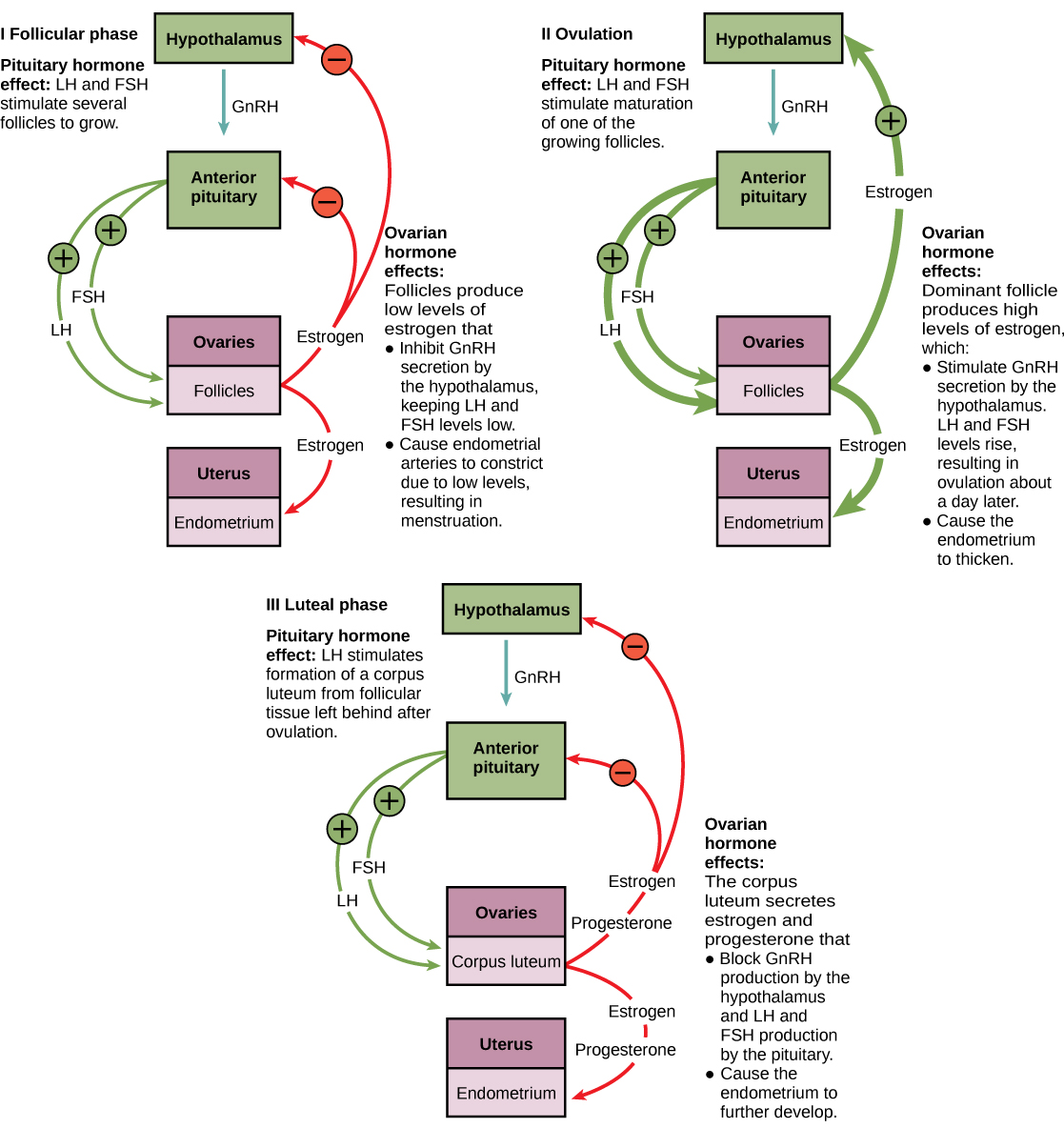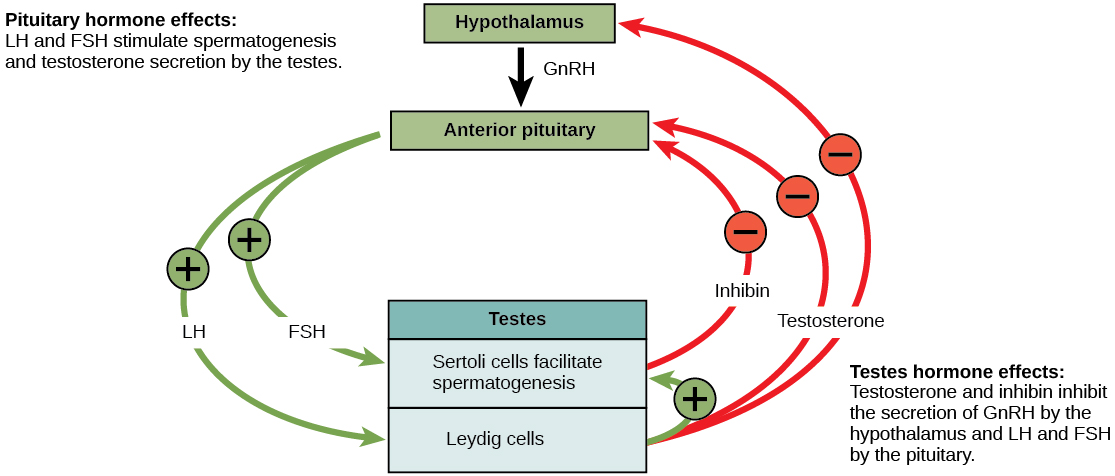BIOL 300: Exam 4, Module 13: Sexual Reproduction Systems
1/74
There's no tags or description
Looks like no tags are added yet.
Name | Mastery | Learn | Test | Matching | Spaced |
|---|
No study sessions yet.
75 Terms
Explain the process of sexual reproduction
In sexual reproduction, the sperm of a male fertilizes the egg of a female, creating a diploid zygote
Explain the process of asexual reproduction
In asexual reproduction, the animal clones itself, sending a copy of its genome to the next generation
Explain the genetic outcome of sexual reproduction
Sexual reproduction allows for new genetic combinations, which can lead to variation in the offspring
Explain the genetic outcome of asexual reproduction
Asexual reproduction produces clones, meaning the offspring are genetically identical copies of the parent
In sexual reproduction, the individuals who produce smaller gametes are classified as ________
males
In sexual reproduction, the individuals who produce larger gametes are classified as ________
females
How many methods of fertilization are there? Explain them.
During sexual reproduction:
1) the male gamete (sperm) may be placed inside the female’s body for internal fertilization,
2) the sperm may be left in the environment for the female to pick up and place in her own body,
3) or both sperm and eggs may be released into the environment for external fertilization.
List the advantages of sexual reproduction
It creates genetic diversity + variation in offspring —> increasing the rate of adaptation and can help eliminate harmful alleles
This is beneficial in an unpredictable or changing environment
List the disadvantages of sexual reproduction
It can be hard to find a partner
Produces fewer offspring compared to asexual reproduction because only half the population (females) can produce offspring
List the advantages of asexual reproduction
A single individual can quickly produce large numbers of offspring.
This is beneficial in a stable or predictable environment because all offspring will be well-adapted to that environment
List the disadvantages of asexual reproduction
In an unstable or unpredictable environment, since there is no genetic diversity the offspring may not be able to adapt to different conditions
What are the four types of asexual reproduction
Budding
Fragmentation
Parthenogenesis
Fission
What is Budding? What species exhibit this?
a form of asexual reproduction where an outgrowth forms on the animal. common in invertebrates such as coral
What is Fragmentation? What species exhibit this?
a form of asexual reproduction where a piece of an organism breaks off and a new, whole organism grows from the fragment. common in sponges and sea stars.
What happens in Parthenogenesis? What species exhibit this?
a rare type of asexual reproduction where the unfertilized egg develops into an animal. common in whiptail lizards and many insects and/or bugs.
Is the resulting offspring from Parthenogenesis a haploid or diploid cell?
It can be either, depending on the species.
What happens in Fission? What species exhibit this?
a form of asexual reproduction where an organism splits itself into two parts and may regenerate the missing parts of each new organism. occurs in some invertebrate, multi-celled organisms (flatworms and sea anemones).
What is the biological enigma of sexual reproduction?
In sexual reproduction, a creature is only sending half of their DNA, which reduces their fitness in half and hence goes against survival of the fittest Darwinism.
What are the two types of sexual reproduction?
1) male and female sexual reproduction
2) hermaphroditism
How do hermaphrodites reproduce?
Hermaphrodites typically mate with another individual, fertilizing each other, but they may self-fertilize in some cases.
What is sequential hermaphroditism?
when a species changes their sex during their lifetime
example: oysters are born male and then later change to females.
In hermaphroditism, an individual born with ovarian organs first is called ____
protogyny ("first female")
In hermaphroditism, an individual born with testicular organs first is called ____
protandry ("first male")
What are the two types of fertilization?
internal and external
What is internal fertilization? What species exhibit this?
the male deposits his sperm into the female’s reproductive tract
example: humans
What is external fertilization? What species exhibit this?
both sexes release their gametes into their external environment and the fertilization occurs there.
example: often occurs in aquatic environments, common in fish, frogs, and coral.
What role does Spawning play in external fertilization?
External fertilization often occurs during “Spawning,” where the eggs and sperm are released into the water simultaneously and they fertilize there.
What are the three ways that offspring are produced following internal fertilization?
Oviparity
Ovoviparity
Viviparity
What is oviparity?
a form of internal fertilization where fertilized eggs are laid outside the parent’s body and develop there,
What is ovoviparity?
a form of internal fertilization where fertilized eggs are retained within the female and hatch inside the female or are laid right before hatching
What is viviparity?
a form of internal fertilization where the young are born alive
What are the first two steps of human development?
Zygote Formation: The fertilized egg is called a zygote
Cleavage: The zygote goes through mitosis in a process called cleavage
What are the third and fourth steps of human development?
Blastula Formation: Cleavage results in a blastula, which is a ball of cells with a central cavity
Gastrulation: The blastula begins to form the primitive gastrula.
How many tissue layers does the gastrula have and what are their names?
The gastrula has three tissue (germ) layers: endoderm, mesoderm, and ectoderm
In protostomes = _______ forms the mouth first
gastrula
In deuterostomes = _______ forms the mouth second
gastrula
What are the fifth and sixth final steps in human development?
Organogenesis: organogenesis is the main period of organ development.
Neurogenesis: In neurogenesis, the animal's central nervous system develops.
When in gestation is the main period of organogenesis?
the first trimester
When are the major structures present in development? (hint: during organogenesis). What do you call the embryo now?
By 8 weeks. It is called a fetus now.
During implantation, what does the embryo release to prevent menustration?
a hormone called hCG
What does duration of pregnancy correlate with?
1) body size, and
2) the maturity of young at birth
The production of sperm is specifically called ____
spermatogenesis
the production of eggs is called ____
oogenesis
Explain the 1st and 2nd steps of spermatogenesis
Starts with stem cells called spermatogonia.
Spermatogonia divide to make a primary spermatocyte
Explain the 3rd and 4th steps of spermatogenesis
The primary spermatocyte goes through meiosis I to make two secondary spermatocytes.
The secondary spermatocytes go through meiosis II to make spermatids
Explain the 5th and 6th steps of spermatogenesis
Spermatids grow a tail (flagellum) and become mature sperm cells.
From one primary spermatocyte, four sperm are made
Explain the 1st and 2nd steps of oogenesis
A germ cell called an oogonium, divides to make a primary oocyte.
Primary oocytes start meiosis before birth but stop in prophase I, i.e. all future eggs are in prophase I at birth.
Explain the 3rd and 4th steps of oogenesis
After puberty, one oocyte per cycle finishes meiosis I
Meiosis I results in unequal division, creating a large secondary oocyte and a small polar body (which usually dies)
Explain the 5th and 6th steps of oogenesis
The secondary oocyte stops again at metaphase II
This secondary oocyte is released during ovulation
What are the 7th and 8th steps of oogensis
If sperm enters (fertilization), meiosis is completed and we have a haploid egg
The haploid egg joins with the sperm to form a fertilized egg (zygote)
human reproduction is coordinated by hormones from the:
hypothalamus, anterior pituitary, and the gonads
What are the important hormones for sexual reproduction
GnRH, FSH, and LH
What part of the body secretes GnRH?
the hypothalamus gland
What hormone(s) does GnRH help direct to the anterior pituitary gland?
FSH and LH
female hormones and reproductive events are
cylical
what happens prior to ovulation?
the endometrium of the uterus thickens.
what happens to the endometrium if an embryo does not implant
the endometrium is shed during menstruation
human reproduction is coordinated by hormones from which three areas?
hypothalamus
anterior pituitary
gonads
what are the three main hormones involved in human reproduction
GnRH, FSH, and LH
memorize this image

Gonadotropin-releasing hormone (GnRH)
A hormone released by the hypothalamus that stimulates the anterior pituitary to release FSH and LH.
part of the control system for reproductive cycles
releases at the start of puberty in males
is only stimulated by high estrogen levels in females
Follicle-stimulating hormone (FSH) - The male role
A hormone that stimulates the development of follicles in females and promotes spermatogenesis in males.
In males, FSH enters the testes... and stimulates the Sertoli cells located in the walls of the seminiferous tubules... to begin promoting spermatogenesis
FSH production is inhibited by testosterone... (part of a negative feedback system)
Luteinizing hormone (LH) - The male role
A hormone that triggers ovulation in females and stimulates Leydig cells to produce testosterone in males.
In males, LH enters the testes... and stimulates the interstitial cells of Leydig (located between seminiferous tubule walls)... to make and release testosterone into the testes and blood....
LH production is inhibited by testosterone... (part of a negative feedback system)
Testosterone
A primary male sex hormone produced by Leydig cells, responsible for secondary sexual characteristics and stimulating spermatogenesis.
Inhibin
A hormone secreted by Sertoli cells that inhibits FSH and GnRH release in male reproductive cycles
Inhibin is released into the blood when the sperm count is too high
Follicle-stimulating hormone (FSH) - The female role
In females, FSH causes the growth of follicles on the surface of the ovary during the follicular phase... preparing the egg for ovulation
Luteinizing hormone (LH) - The female role
LH, along with FSH, stimulates follicles to grow. Just prior to the middle of the cycle (i.e. day 14), the high level of estrogen causes FSH and especially LH to rise rapidly then fall. The spike in LH causes the most mature follicle to rupture and release its egg. This is ovulation.
Following ovulation, LH stimulates the growth of the corpus luteum from the ruptured follicle
Estrogen
A hormone released from the developing follicles and the corpus luteum in the ovaries....
Estrogen is responsible for female secondary sexual characteristics.
plays a key role in regulating the menstrual cycle... by causing the endometrium (uterine lining) to regrow during the proliferative phase
low levels inhibit GnRH, LH, and FSH in the follicular phase, whereas high levels stimulate hormones
Progesterone
A female sex hormone produced by the corpus luteum that prepares the uterus for implantation and inhibits FSH and LH release.
Follicular (proliferative) phase
follicle growth + increases in the hormone estradiol.
thickening of the endometrium
this phase ends at ovulation (release of the egg)
stimulates GnRH during mid-late phase
Luteal (secretory) phase
LH stimulates the ruptured follicle forms the corpus luteum
the corpus luteum starts producing estrogen and progesterone
endometrium further develops and inhibits GnRH, LH, FSH / new follicle growth
Hormonal Changes if No Fertilization
if there is no implantation,
the corpus luteum degenrates
estrogen and progesterone levels are lowered
causing the endometrium to degenerate
which then stops inhibiting the hypothalamus, allowing GnRH, LH, and FSH levels to rise, restarting to the follicular phase
remember this image

what is menopause
the cessation of ovulation and menstruation (after approx. 500 cycles)
what is one theory of why menstruation exists in very few mammals?
it might have evolved to allow a mother to provide better care for her children, i.e. helping your genes get into future generations. could be considered a form of adaptation.